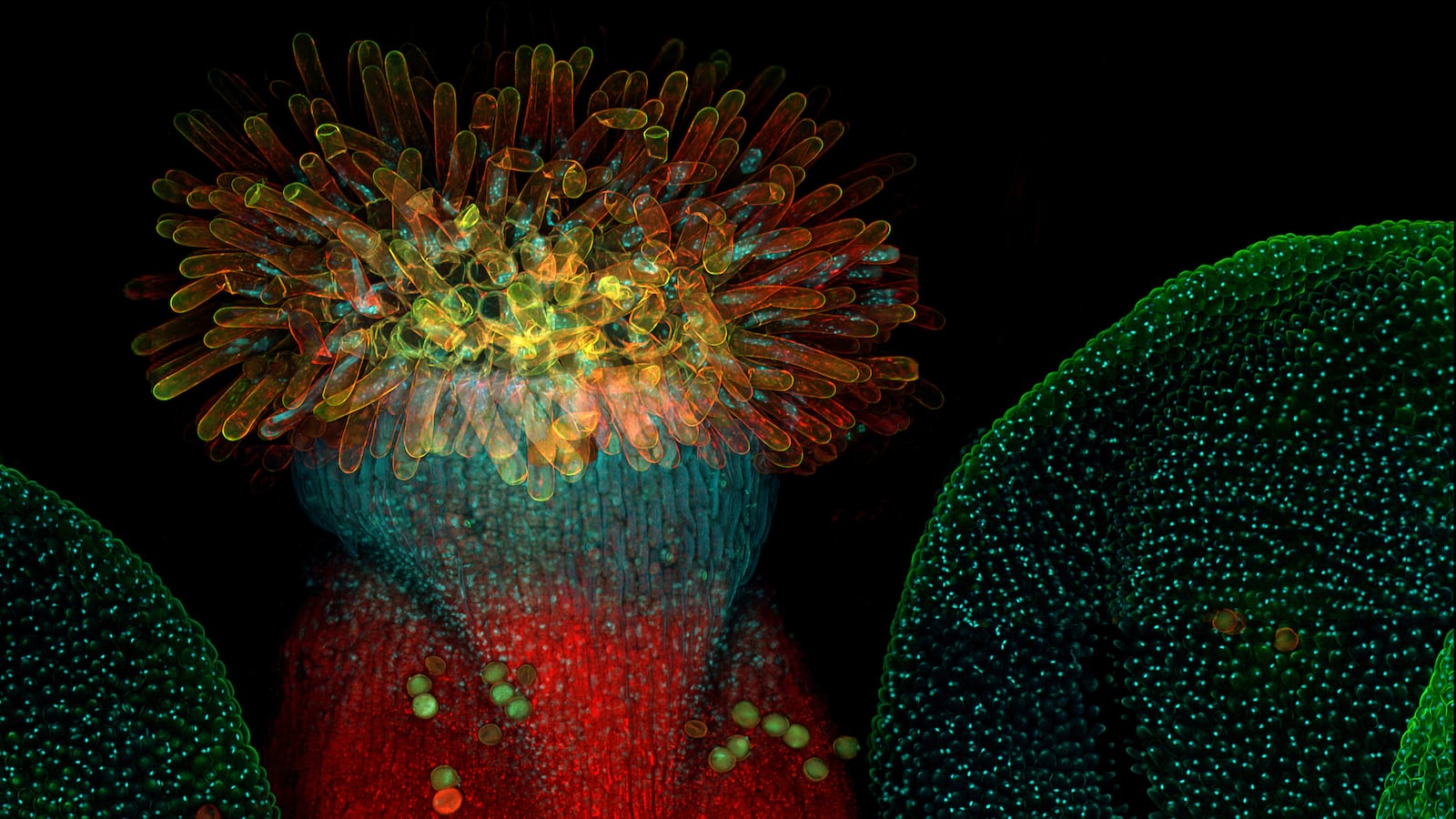Climate change is going to put a severe strain on the ability of the world’s plants to survive. Entire ecosystems could collapse with the loss of key plants, and agriculture could implode as we know it. Though over time these plants might evolve and develop more robust traits to beat the heat and survive harsher weather, things may be warming too rapidly for us to simply wait for evolution to take the wheel.
Scientists at Stanford University think they may have a solution: genetic circuits that can turn the dial on specific genes to control the root growth of plants, paving the way to developing “smart plants” that can respond to climate change. The team tested out these new circuits by applying them to tobacco leaves and arabidopsis plants, and published the results Thursday in the journal Science.
“This is in some ways a landmark because we've developed a method and pipeline for controlling gene expression at a level of resolution that wasn't possible before,” José Dinneny, a Stanford biologist who led the research, told The Daily Beast. “I equate it to something like Minecraft, where you can take building blocks and create what you want with them.”
You may have once created a potato battery in school to learn about electrical circuits. Genetic circuits that control the expression of certain genes operate on the same principle, but take place inside the potato itself and at a molecular level. Like an electrical circuit, they require a switch to turn on or off.
In the new study, Dinneny and his team took advantage of specific genetic sequences called promoters—some of which can only be found in certain regions of a plant—to turn root growth on and off.
These synthetic circuits can only turn on in the presence of these promoters, which means that the desired changes would only affect parts of the plant—not the whole. Dinneny said that this degree of control over their modifications could be a benefit compared to traditional genetic modification used to make GMOs, which affect the entire crop.
It’s not a perfect design yet. Dinneny points out that his team tried out eight different circuits that should have worked in principle, but only half produced the intended changes to root growth. Dinneny added that he was not surprised by these results: “I think if there was any surprise it was that any of them worked on the first try,” he said.
Moreover, implementing a genetic circuit requires a mature organism. The plants used in this experiment could age up in a matter of days, but agricultural crops might require weeks or months to grow into adulthood.
Still, the researchers are hopeful of the possibilities. And eventually, this kind of research could be applied to more complex organisms beyond plants, wrote the authors of an accompanying perspective in Science.
“This effort constitutes a milestone in the genetic engineering of a whole, fully developed
multicellular organism and points to the challenges ahead,” University of California, Berkeley plant biologists Simon Alamos and Patrick Shih, who were not involved with the research, wrote. Others have speculated about the prospect of designing smart plants with genetic circuits that can turn on or off in the presence of certain environmental conditions, like drought.
“Our synthetic genetic circuits are going to allow us to build very specific root systems or very specific leaf structures to see what is optimal for the challenging environmental conditions that we know are coming,” lead study author and Stanford bioengineering researcher Jennifer Brophy said in a press release. “We’re making the engineering of plants much more precise.”







